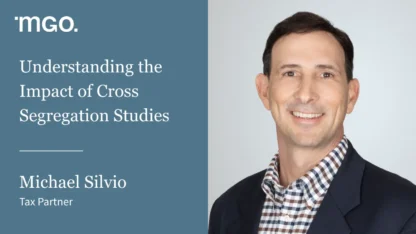Explore the latest thinking on topics you care most about.
Articles
Understanding Financial Statements: The Complete Guide for Businesses and Individuals

Articles
All ArticlesCannabis 50
All Cannabis 50Case Studies
All Case StudiesReach out to explore an insight further or request a consultation to discuss your goals.











